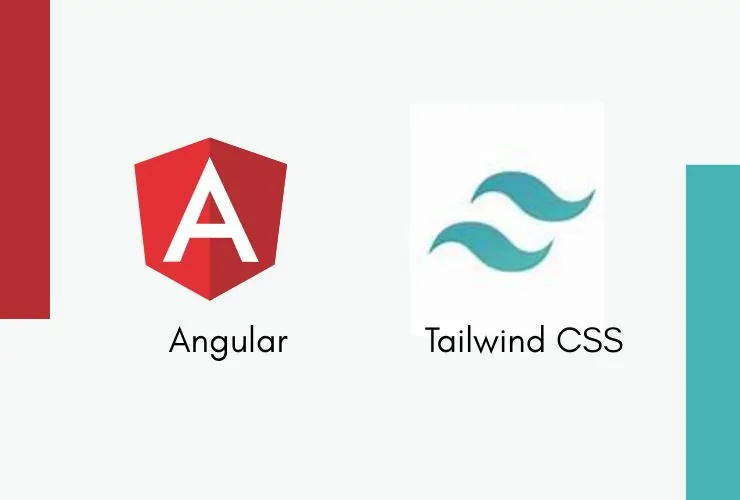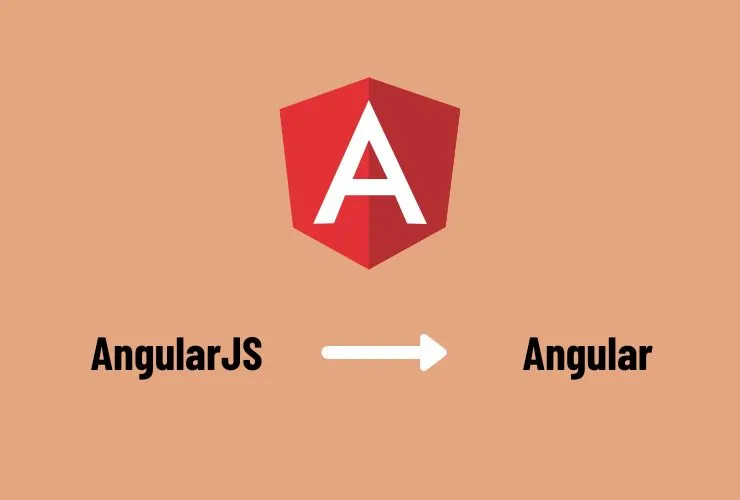Angular has long been one of the favorite frameworks to create dynamic, scalable front-end applications. With module-based architecture and a decent CLI, Angular allows it to be easy to empower teams to build secure single-page applications. Tailwind CSS is also gaining popularity as an extremely trendy utility-first framework that simplifies the UI construction process and speeds it up and simplifies it when styling.
Coupling Angular and Tailwind CSS is a seamless coding experience where utility and design coexist. Coders can do less coding about working with big CSS files or creating custom styles and more on building components. The resultinstantly becoming the ult? Sleek, neat, and responsive interfaces that look good on any device.
Why use Tailwind CSS with Angular?
Tailwind CSS encourages a new style of writing. Rather than creating custom classes for each UI component, you can add utility classes to your templates directly. This minimizes context switching and improves development by leaps and bounds.
With Angular and Tailwind CSS, the advantages are doubled:
- You can prototype UI components in your own HTML templates, without the need to have a separate stylesheet for each and every one of them.
- The utilization of utility classes promotes spacing, color, typography, and layout consistency to make it easier to follow a design system.
- Its mobile-first, responsive architecture makes designs scale perfectly on any screen size without much dismay.
- Customization is part of the process, so it is simple to tailor the design according to your brand.
- This mix is beneficial in Angular projects where reusability, maintainability, and performance are essential.
The Integration Process: A High-Level Overview
To integrate Tailwind CSS into an Angular environment, you go through some configuration processes. These involve installing packages necessary for Tailwind, modifying configuration files accordingly, and making sure the styles are properly processed during build time.
After you couple them together, Tailwind’s complete utility class set is under your control whenever you work across your Angular components. You would no longer write distinct CSS files for most ubiquitous UI components that have wide exposure. From layouts and grids to typography and responsive controls, style components in-place without sacrificing in-your-code clearness and definition.
Building UIs Faster with Utility Classes
Tailwind CSS further includes a rich library of utility classes that cover almost every aspect in UI building—margin and padding, grid and flexbox positioning, font and text decoration, background management, etc.
This approach speeds up the designing and iterating. Instead of taking time to write out lengthy styles or switching between template and stylesheet files, you’re staying in the HTML and adding the styles swiftly as you develop. It encourages a “build-as-you-go” approach that’s efficient and simple to tweak later.
This is particularly apt for use in Angular applications, where you’re often developing component-based UIs that employ isolated, self-contained markup and styling.
Improving Team Efficiency and Developer Productivity
The single most important advantage of Tailwind CSS is the manner in which it enhances team productivity. Developers no longer have to define and work with huge sets of custom-created CSS classes. Instead, developers are concerned with creating interfaces using pre-defined, tested utility classes.
This consistency speeds up adding new developers to the project and gets people collaborating with each other better. It reduces copy CSS, eliminates style conflicts, and makes debugging easier.
On big Angular projects where several teams are working on various components or modules, this consistency is all the more valuable.
Customization for Branding and Design Consistency
While Tailwind CSS comes with an out-of-the-box default styling, it also supports deep customization. You can also set your own custom spacing values, font, breakpoints, and colors in a single config file so that every element is consistent with your brand.
In Angular applications deployed to enterprise or client-specific applications, such flexibility is essential. You can have a consistent design system yet still accommodate differences in brand guidelines or visual requirements. And since all the customization resides in one place, updates are easy and scalable.
Responsive Design Made Easy
Responsiveness is in Tailwind’s DNA. Its utility classes provide responsive variants that easily work out of the box. You don’t have to code media queries manually but rather apply prefixed class names to toggle styles at various screen sizes.
I mean, you get to build and optimize responsive designs in full view, within your Angular templates—without having to switch between CSS files or recalling intricate media query syntax. It’s a significant time-saving to developers writing across in-range mobile, tablet, and desktop breakpoints.
Future-Proof and Scalable
Angular’s architecture is perfectly suited for long-term, scalable apps. Tailwind CSS supports that by keeping CSS minimal in the long run. Because unused styles get cut during the build process, your resulting CSS bundle stays lean even as the app becomes large.
That makes the Angular + Tailwind stack not only simple, but also high-performance. With increasing user expectations of speed and responsiveness, high-performance front-end performance is the secret to success.
Conclusion
Angular and Tailwind CSS together make up a powerful toolbox for modern web development. Angular adds structure, tooling, and scalability; Tailwind provides speed, flexibility, and design velocity. The teams with these technologies combined can speed up UI development, minimize styling overhead, and create mature, responsive interfaces with ease.
Whether you’re building a marketing site, admin panel, or enterprise app, the blend keeps you focused on delivering a seamless user experience—without sacrificing design consistency or development effectiveness.














